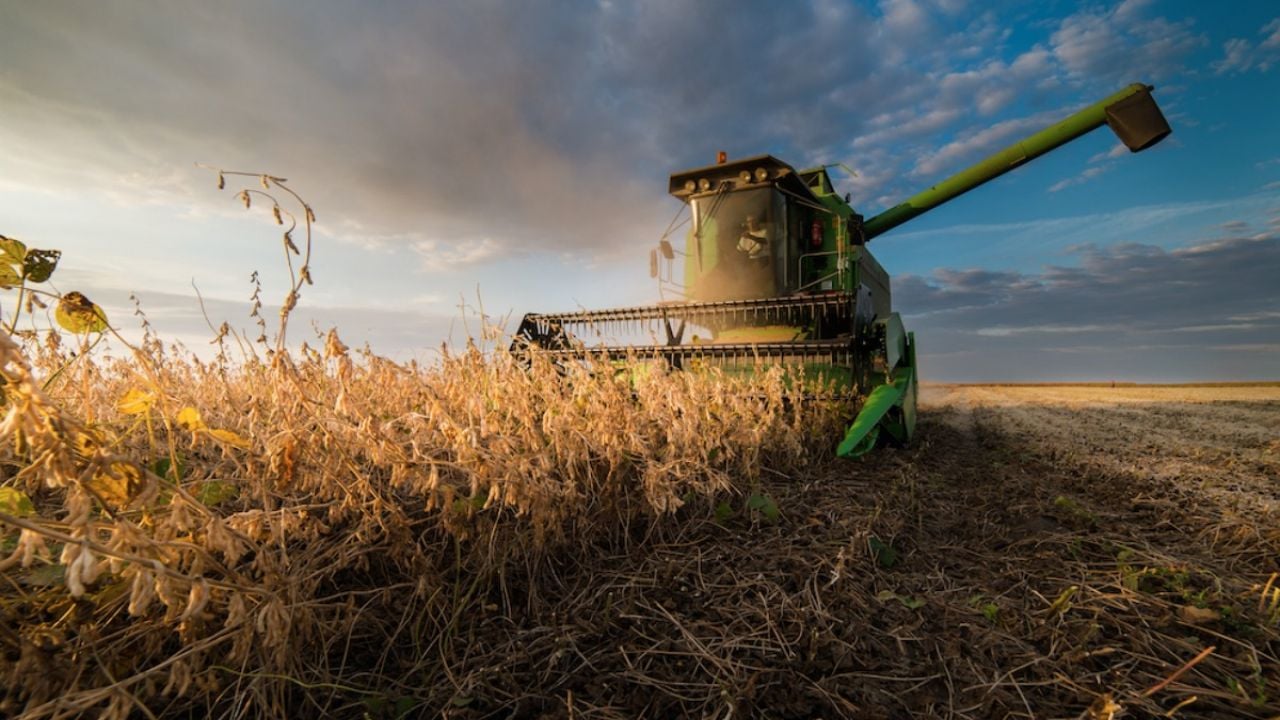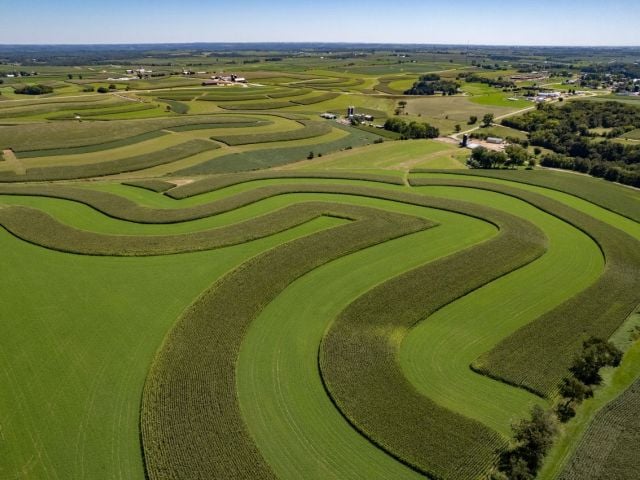
Agriculture Secretary Tom Vilsack recently pleaded with Congress to reform farm policies to serve the “many and the most,” not the few, citing data showing family farms lagging behind their bigger neighbors.
Vilsack told the Senate Agriculture Committee in March that “we are at a pivotal moment for American agriculture and rural communities” that will determine whether agriculture will “meet the challenges of our time.”
Maintaining the status quo on farm policies “leads towards too many producers, particularly small producers, struggling to cover their costs, too many rural communities languishing, and . . . outdated agricultural policies . . . that all too often reinforce systemic inequities,” he said.
“This path works for a few who have done what American agricultural economics has for too long required of them: to get big or get out?” he added.
Another path, Vilsack concluded, recognizes the need for greater equity in food and farm programs and the “undeniable” challenges of climate change. This path, he said, “compels us to take transformative action.”
‘Transformational bill’
In his remarks, Vilsack cited enormous economic disparities in agriculture, despite record farm income.
Some large commercial farms are enjoying annual farm household income of more than $1 million, and it is well above household income for the average American household. But too many small and mid-size farms “have struggled and many have been pushed out of business,” Vilsack said. Rural communities that depend on farms of all sizes have paid the price.
Vilsack said the next farm bill should be a “transformational bill” that levels the playing field so “farmers of all kinds” can “turn a profit and make a living in agriculture.”
“We must ask ourselves: do we want a system that continues to force the big to get bigger and the small . . . to get out?” he said.
But some members of Congress intend to make farm policies even more favorable for the largest and most successful farms.
They are proposing to increase price guarantees for major crops – even though higher price guarantees would mostly benefit fewer than 6,000 peanut, cotton and rice farmers in a few states.
Only 30 percent of farmers grow the “covered commodities” that are eligible for these price guarantees, and only 1.3 percent of farmers grow peanuts, cotton and rice. Of these, the largest 10 percent of farms received more than 80 percent of payments linked to price guarantees in 2021. Because these payments are made on “base acres,” or farmlands with a history of growing covered commodities, new farmers would be at even greater disadvantage.
Pivotal moment
Increasing price guarantees – and cutting popular programs that serve all farmers to pay for these increases – would be a farm bill for the few, not the “many and the most.”
This approach would not be transformative but would instead reinforce long-standing disparities. It would also divert spending from farmers in 38 states to primarily benefit farmers in 33 congressional districts. Many of these farmers have received subsidies for 37 consecutive years, and some have already collected more than $10 million.
Vilsack is right: We are at a pivotal moment.
Congress may decide whether to reform subsidies to level the playing field for all farms, as Sens. Chuck Grassley (R-Iowa) and Sherrod Brown (D-Ohio) have proposed, and to recognize the “undeniable” reality that extreme weather threatens our food supplies.
The alternative is to double down on policies that funnel the vast majority of commodity and crop insurance subsidies to the largest farmers, bidding up the price of land and farm inputs and accelerating the inequities Vilsack identified.



